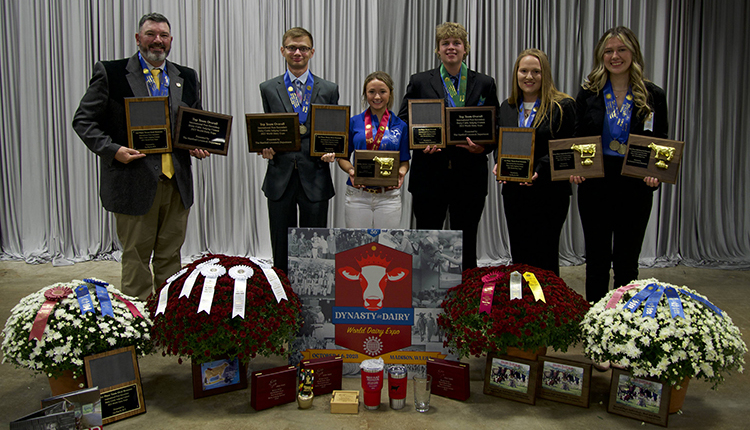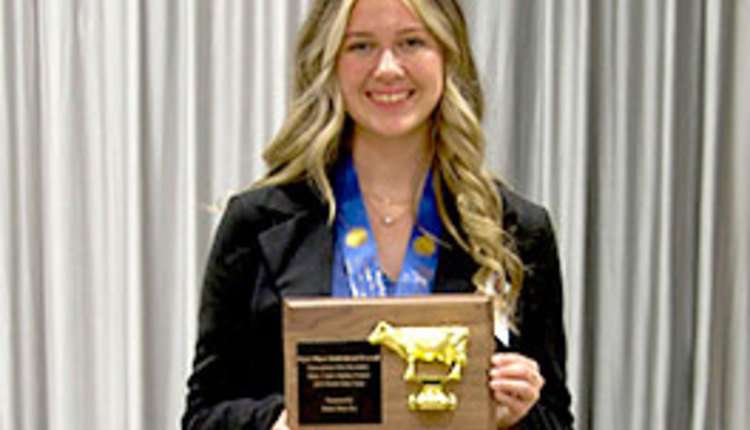Over 550 dairy producers and allied industry professionals gathered in Liverpool, N.Y., for the biannual conference of the Northeast Dairy Producers Association (NEDPA). Sustainable agricultural production, carbon footprints, markets, and animal welfare were key discussion topics for the two-day conference held on March 3 and 4 just outside of Syracuse, N.Y.
During the second day of the conference, animal welfare was a major focus as Candace Croney from Ohio State and Nina von Keyserlingk from the University of British Columbia discussed animal welfare initiatives across the country and around the world. Nina then turned the discussion to specific issues on dairy farms and Nigel Cook, D.V.M., from the University of Wisconsin detailed cattle housing.
After those presentations, Daryl Nydam, a Cornell D.V.M., began the Best Management Practices recently adapted by NEDPA. Three specific issues addressed were dehorning, tail docking, and nonambulatory cows. In their position statement, NEDPA supports the right of farmers to choose to dehorn and dock tails as appropriate management practices when these practices are conducted humanely, with best management practices, and under the supervision of a veterinarian.
When it comes to dehorning, NEDPA is recommending that it take place before 8 weeks of age through dehorning paste, thermal cautery, or by gouging technique. Cornual nerve block with lidocaine should be used with all dehorning procedures. In addition, a single-dose of a long-term analgestic, such flunixin, is recommended for pain control and inflammation reduction
For tail docking, NEDPA suggests using an elastrator or cautery tail docker in calves less then 30 days old. They recommend tail docking at a young age. If animals are docked over 1 month of age, cutting requires use of anesthesia with lidocaine. The tail docking issue may be the most controversial as Nydam went on to discuss the American Association of Bovine Practitioners (AABP) position statement on the subject: "The AABP is not aware of sufficient scientific evidence in the literature to support tail docking in cattle. If it is deemed necessary for proper care and management of production animals in certain conditions, veterinarians should counsel clients on proper procedures, benefits, and risks."
NEDPA's protocol for nonambulatory cows includes a provision for prompt relocation from concrete to a safe, well-bedded area. That area must provide adequate footing, provisions for water and food without competition from other cattle, protection from self-injury, injury from other animals, and protection from environmental elements. If it is determined a cow should be euthanized, it should be done quickly without moving the animal. NEDPA recommends using the AABP's guide on euthanasia found in the pdf below.
For NEDPA's website, click here.








